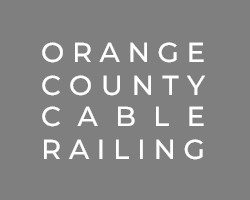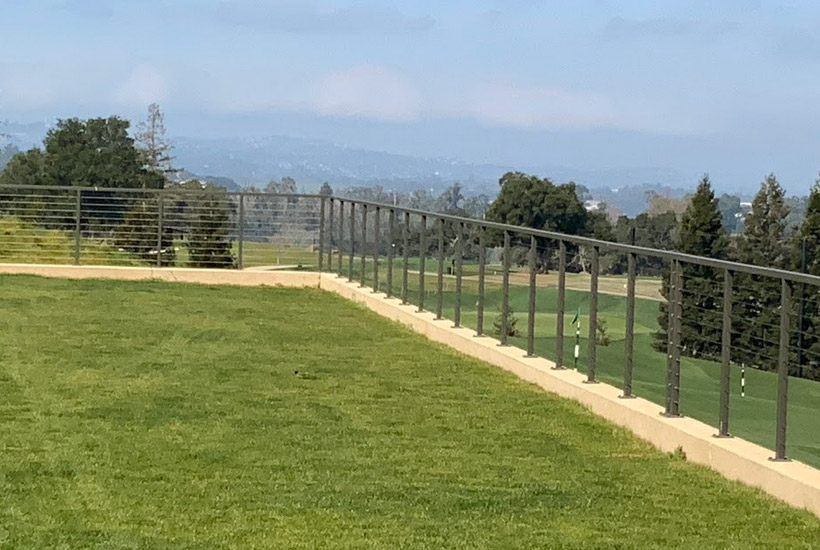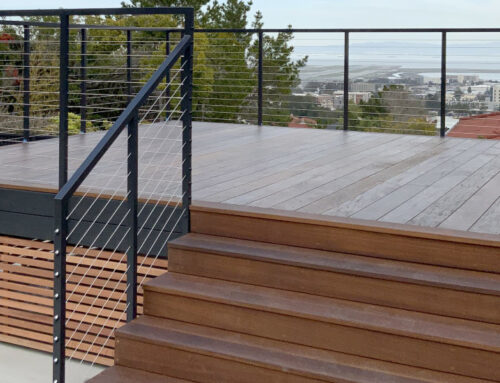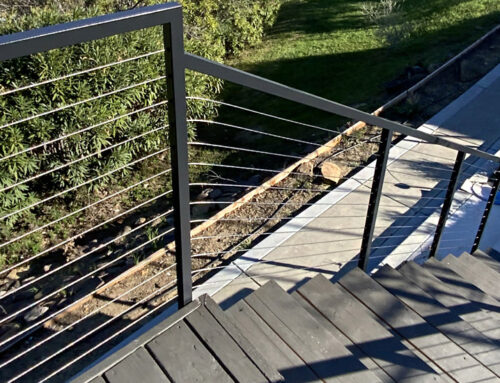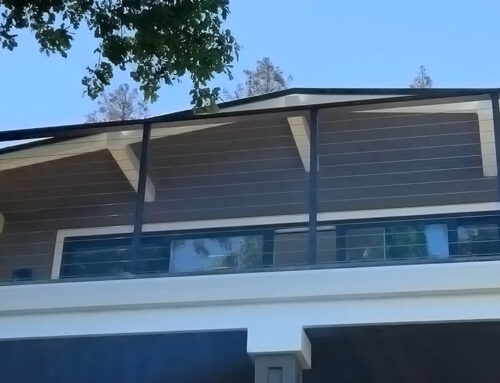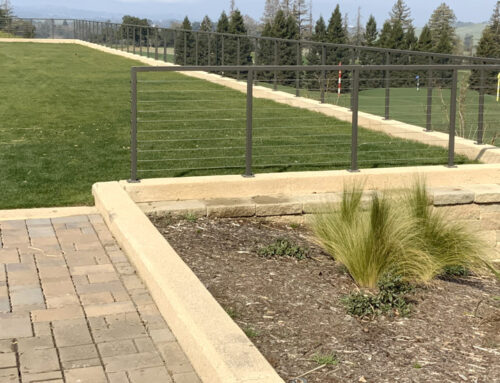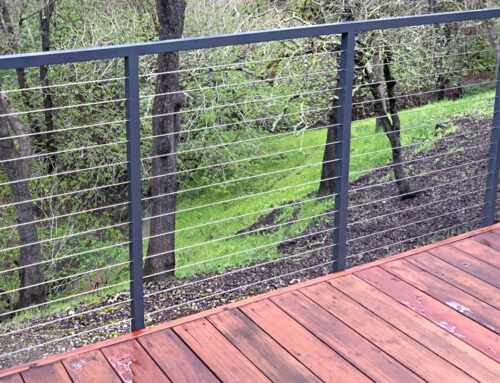Whether you are a private homeowner or public business owner having cable railing installed on your property, you may notice there are certain building codes and regulations that need to be followed.
For example, in order for railings to meet certain strength and durability requirements, the support posts should be a specific distance apart in order to maintain cable separation as well as to help assist with proper tensioning.
In most cases, the average distance between posts is 4 feet. While it can be adjusted to be more or less depending on your specific railing design and overall length, posts should never surpass 60 inches in distance.
Safe Cable Distances
Since we now know posts should be around 48 inches apart, you may now be wondering about the distance in the cables themselves. Correct spacing will depend on the railing system itself and whether it is a horizontal or vertical cable alignment.
One of the main factors on cable distance is based on the “sphere rules” which say that a sphere of 4 inch measurement should not be able to pass between the cables on railings.
However, cable railings are somewhat flexible and this flexibility needs to be taken into account as well. Since this flexibility will affect the “sphere rule” most cables are placed at no more than 3 inches apart.
Different Post Distances
Since cable railings can be made of various different components, there may be measurement requirements for each. This will depend on the style of cable railing you are having installed, as well as the application it is being used for.
Corner Posts
Also known as end posts, these heavier duty posts are used to maintain high amounts of cable tension. As such, corner posts are quite a bit larger and heavier than mid posts.
A cable railing system that does not have corner posts will not be as secure as systems that have corner posts. Additionally, if the posts are not strong enough for the tension applied to them, it can cause railing failure or cable sagging.
Middle Posts
Also called mid posts, these are the main posts that will be placed around 4 feet apart. Their entire purpose is to ensure the horizontal cables remain properly spaced and proper tension is applied throughout.
The mid posts are also responsible for stabilizing the top and bottom rails, if they are installed. You can also use mid posts to secure a stabilizing bar which helps minimize the deflection of the cables under stress.
Top Rails
Normally only used with wooden post cable railing systems, a top rail is used to help secure the posts while also providing a section you can lean on without stressing the horizontal cables.
Top rails should be secured tightly between the two vertical posts to provide tension support and pressure deflection. In addition to a top rail, a bottom rail can also be placed in the same manner and for the same reasons.
Get in touch with us if you’re searching for a quality railing installation in Yorba Linda or beyond.
